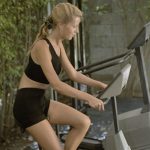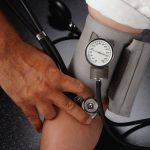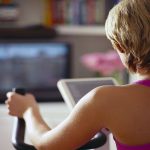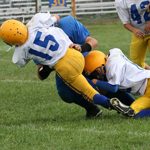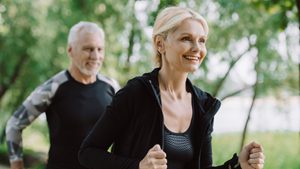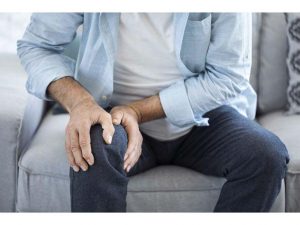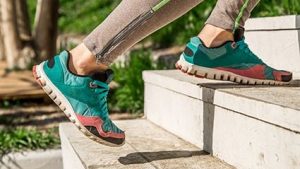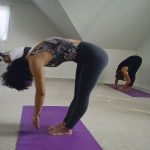
Flexibility is a component of all types of movement — from everyday activities to the most rigorous exercises. Being flexible helps you stay mobile and avoid injury. Yet flexibility training often gets lost in the shuffle or pushed to the bottom of the list after cardio and strength training. Its goal is to increase your range of motion — how far you can reach when, for instance, you bend from side to side, or raise your arm overhead to grab an item from a high shelf. Flexibility is best achieved through static stretching, which are stretches you ease into and hold for 10 to 30 seconds while inhaling and exhaling — no bouncing, no holding your breath. As you start a stretch, focus mentally on the muscles you’re targeting. Extend just to the point of discomfort; you shouldn’t feel any pain. Here are three moves that target the lower body. For your hamstrings, sit on the floor with your legs straight in front of you. Think of your hips as a hinge and, with a straight back, lower your chest toward your thighs until you feel the stretch in the backs of your thighs. Repeat 3 to 5 times. For your hips, stand up straight, facing a sturdy chair or table in case you need it for support. Raise the heel of your right foot… read on >











